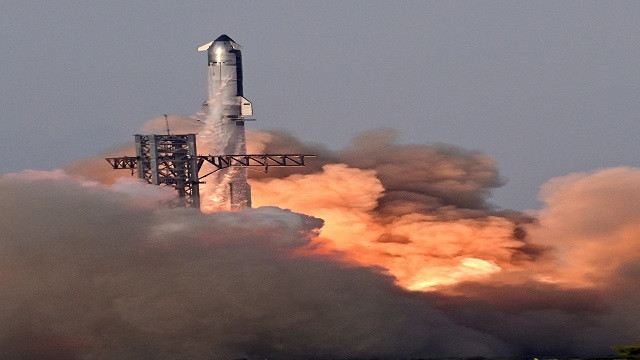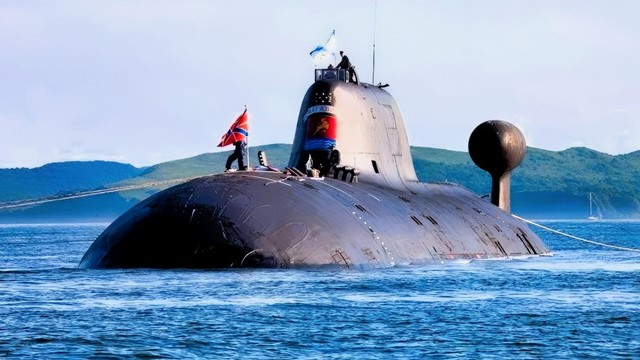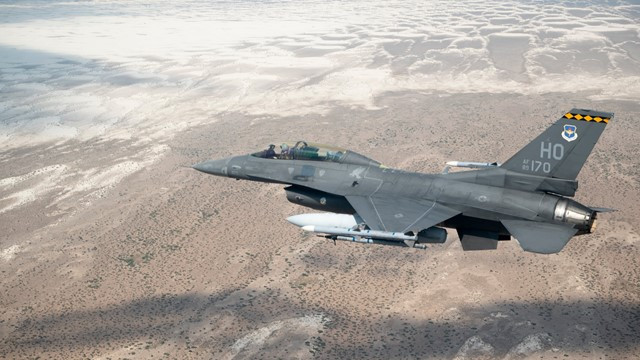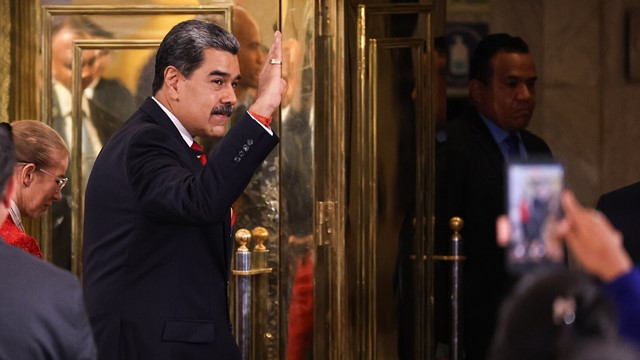২১ অগ্রহায়ণ ১৪৩২
SpaceX's 10th Starship Test Flight Ends in Dual Splashdown Success
28 August 2025 18:08 PM
NEWS DESK
SpaceX has successfully completed the 10th integrated test flight of its Starship spacecraft and Super Heavy rocket booster, with both vehicles achieving controlled splashdowns on opposite sides of the world during a roughly hour-long mission.
The world's largest and most powerful rocket blasted off from the company’s launch site in Texas just after 18:30 local time (00:30 BST), kicking off a nail-biting 60-minute flight.
All 33 engines of the Super Heavy booster fired successfully at liftoff, and about seven minutes into the flight, the booster separated from Starship and splashed down in the Gulf of Mexico.
Starship continued its ascent, reaching a maximum altitude of nearly 200 kilometers above Earth before coasting partway around the planet and descending to a splashdown in the Indian Ocean.
The test flight marked a significant and encouraging stride forward for SpaceX’s Starship program, which had suffered a string of explosive missteps since January.
Although parts of the engine appeared to explode at one stage and flaps on the side of the rocket caught fire and swung from side to side during re-entry, the mission overall was hailed as a success.
SpaceX confirmed the outcome in an update posted to its website several hours after the flight, noting that this test was "markedly more successful" than the three prior missions.
"Great work by the SpaceX team!!" posted CEO Elon Musk on X (formerly Twitter). Musk is investing billions into Starship’s development, with each test launch estimated to cost around $100 million.
The company said it intentionally stressed the rocket to its limits in order to gather critical data, with the flaps showing visible signs of burning and instability during descent.
Despite these challenges, the flight further validated SpaceX's vision of Starship as a fully reusable transport system capable of carrying people and cargo to the Moon, Mars, and beyond.
The U.S. space agency NASA has partnered with SpaceX and plans to use a modified version of Starship to land astronauts on the Moon as part of its Artemis program, scheduled for 2027.



















Comments Here: